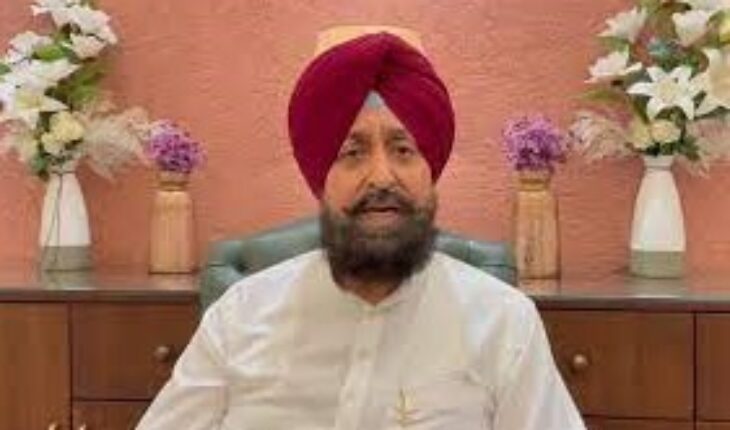By Partap Singh Bajwa–
The debate over the Seechewal Model highlights a broader tension: balancing grassroots innovation with the technical rigor of modern engineering. Punjab’s rivers, and indeed India’s waterways, deserve nothing less than a solution that works.
The effectiveness of the Seechewal Model is indeed debatable.
If it were truly a resounding success, one might wonder why it hasn’t been more widely adopted. Take, for instance, the Yamuna River in Delhi – a lifeline turned sewer due to decades of pollution. In 2016, the then Delhi Water Minister Kapil Mishra praised the Seechewal Model, promising to implement it to rejuvenate the Yamuna. Arvind Kejriwal’s government even sent officials to study it. Yet, nearly a decade later, the Yamuna remains heavily polluted, with untreated sewage and industrial runoff continuing to plague its waters. If the model was as effective as claimed, why didn’t Kejriwal’s administration succeed in applying it to Delhi’s crisis? This gap between promise and outcome invites skepticism about its effectiveness in tackling complex urban pollution challenges.
Environmentalist and Rajya Sabha MP Balbir Singh Seechewal recently claimed that his model has begun to purify the Buddha Dariya in Ludhiana district. This water body, once a vital resource, has been choked by industrial effluents, untreated sewage, and dairy waste, earning it a reputation as one of the region’s most polluted rivers. Seechewal’s approach, which gained fame for reviving the Kali Bein rivulet, relies on natural treatment methods and community participation rather than advanced engineering solutions.
Yet, his claim has faced scrutiny. Social media influencers and activists have challenged Seechewal’s narrative, sharing videos that reveal the Buddha Dariya’s waters remain visibly polluted – laden with toxic foam, waste, and a persistent stench. These accounts suggest that the river still suffers from the unchecked discharge of industrial and domestic waste, raising doubts about the model’s impact in this context.
While it’s worth questioning the model, we should not hastily dismiss the expertise and deep understanding that engineers bring to the table particularly the talented graduates emerging from India’s premier institutions like the Indian Institutes of Technology (IITs), Punjab Engineering College (PEC), Guru Nanak Dev Engineering College (GNE), and Thapar Institute of Engineering and Technology.
Engineering has long been a cornerstone of human progress and welfare, driving innovations that shape our world. In Punjab alone, these esteemed institutes have produced countless professionals who contribute to society. If we begin to doubt their capabilities, are we prepared to undermine the very institutions that foster such talent?
(The writer of this piece Partap Singh Bajwa is a former Congress minister, Rajya Sabha MP and currently the Leader of Opposition in the Punjab Vidhan Sabha)





